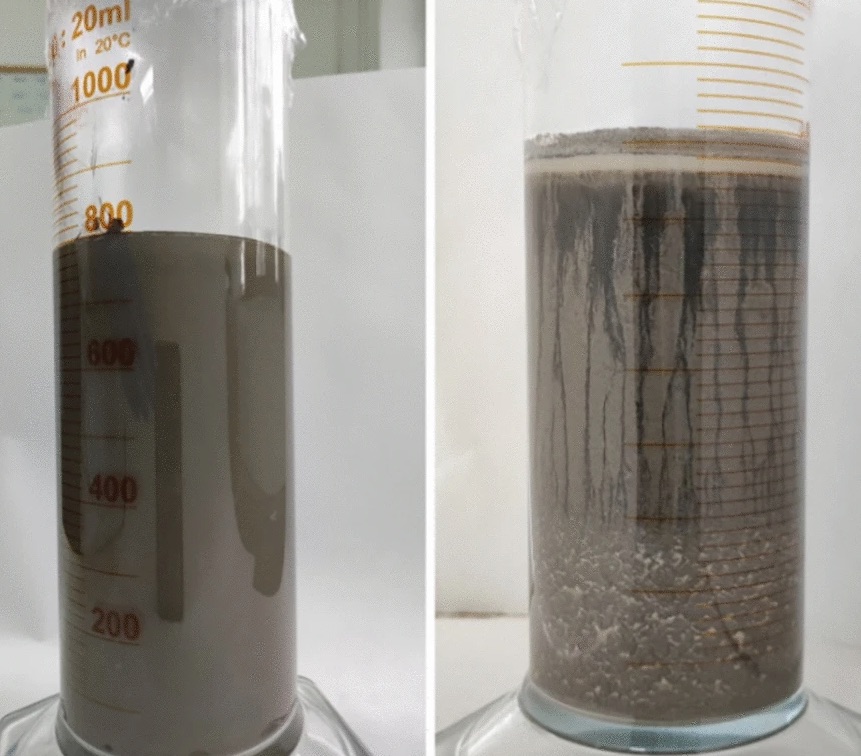
Self-healing mortar from the University of Córdoba
The construction techniques of the Roman Empire have already shown us the power of cement mixtures capable of repairing themselves, surviving for millennia in remarkably good condition. But how can this resilience be applied to modern infrastructure? Researchers at the University of Córdoba may have found the answer, formulating a self-healing mortar ideal for the post-tensioning phase in the construction of large buildings, bridges, and dams.
Crystalline mix that seals cracks
According to Suelen da Rocha, project leader at the University of Córdoba, the key to self-healing mortar lies in the addition of a crystalline mix that reacts with water to generate crystals capable of sealing cracks.
The challenge with modern infrastructure is long-term durability, which typically requires costly and complex engineering work. This includes precise design, specialized materials, and regular maintenance to prevent structural risks due to aging and deterioration.
Developing materials with self-repairing properties could make structures safer, extend their service life, and lower construction and maintenance costs.
As part of the SMARTINCS project, the Spanish research team explored the use of crystalline additives in cement-based mortars, ultimately identifying the optimal chemical composition.
These additives react with moisture and cement compounds to form calcium silicate hydrate structures that fill microcracks. In some cases, calcium carbonate crystals are also formed, sealing voids and preventing the entry of water or corrosive agents.
The importance of balance
Incorporating crystalline additives into cement mixtures to produce self-healing mortar is more complex than it may seem.
Proper balance of the ingredients is essential to ensure the material performs well throughout preparation, application, and long-term maintenance.
Additionally, adding new components can alter the mortar’s fluidity. This challenge led researchers to test numerous formulas before reaching the final mix.
The resulting mortar has demonstrated long-term resistance, even under extreme conditions such as in underwater structures or massive constructions. It could potentially reduce or eliminate the need for external interventions for decades.
As professor Da Rocha points out, the next step will be testing the mortar’s resistance to corrosion, with the goal of creating a building product that excels in every respect.
Environmental advantages
Beyond structural benefits, using self-healing mortars significantly reduces the need for demolitions, rebuilds, and raw material consumption. This makes it a key contributor to sustainability in the construction industry.
Alongside Suelen da Rocha at the University of Córdoba, the research team includes Mercedes Sánchez Moreno and Luis Sánchez from the Department of Inorganic Chemistry and Chemical Engineering at UCO, and Isabel Santacruz from the University of Málaga.
The research was published in the journal Materials and Structures under the title: “Systematic study on mix design optimization and on fresh properties of grouts containing crystalline admixtures.”